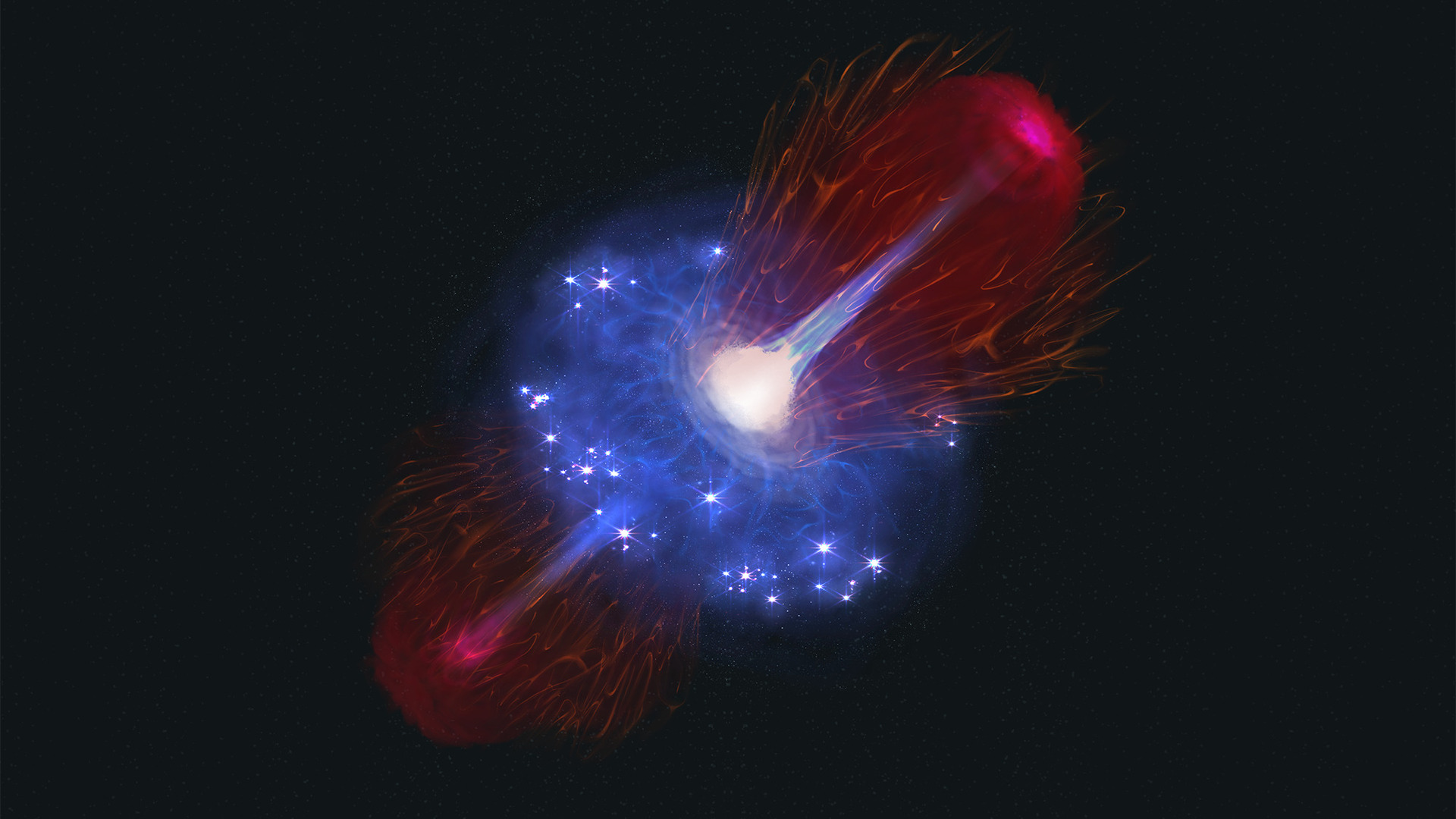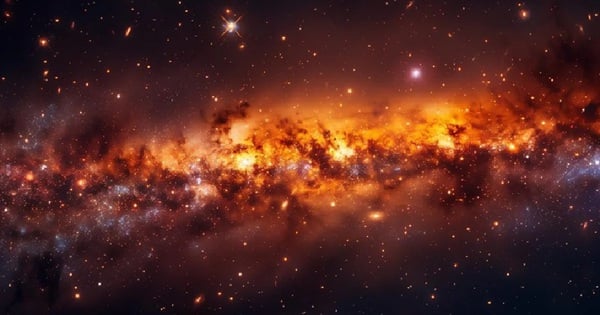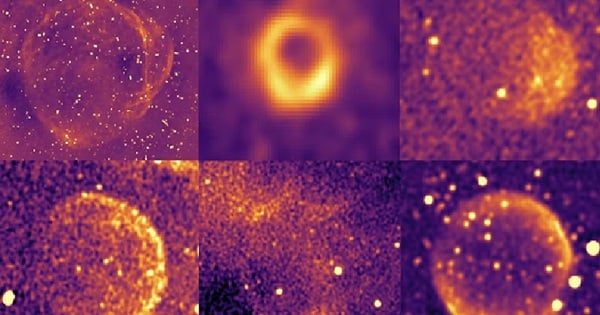(CLO) Using the James Webb Space Telescope (JWST), astronomers have discovered a supermassive black hole that is "sleeping" quietly, just 800 million years after the Big Bang.
This black hole, which has a mass about 400 million times that of the sun, has absorbed a large amount of galactic gas and dust, causing it to "sleep" after eating too much.
The discovery, published in the journal Nature on December 18, further complicates the question of how supermassive black holes grew rapidly in the early universe.
These black holes are typically very large and are typically found in large galaxies in the nearby universe, with masses of about 0.1% of the total mass of their host galaxies. However, the black hole discovered in the study had a mass equivalent to about 40% of its host galaxy's mass.
Supermassive black holes are generally thought to grow through the merger of larger black holes and the absorption of gas and dust from their host galaxy. This process is thought to take billions of years to create a supermassive black hole. However, JWST has detected a black hole this size very early in the universe, when it was only about 800 million years old.

An overeating black hole in the early universe is about to take a nap. Illustration: Jiarong Gu
What’s remarkable is that despite its enormous mass, this black hole doesn’t absorb gas and dust at the rapid rate of other supermassive black holes. Instead, it absorbs matter at a very slow rate, only about 1% of the maximum rate possible for such a black hole. Because this black hole doesn’t glow as brightly as other black holes, it remains “dormant” and difficult to detect.
Even though it is in a "sleeping" state, this black hole can still be detected thanks to its enormous mass. The "sleep" of the black hole also provides an opportunity to study the mass and structure of the host galaxy it belongs to.
Roberto Maiolino, a member of the research team, said it is possible that these black holes are “born big,” meaning they may have formed large from the start. Another possibility is that they go through periods of extreme activity, followed by long periods of rest.
Maiolino and his team simulated the growth of supermassive black holes in the early universe and found that these black holes can go through periods of “overfeeding.” During these periods of overfeeding, black holes grow extremely rapidly, but these periods only last about 5 to 10 million years, after which they “sleep” for tens of millions of years.
“These short bursts allow the black hole to grow rapidly while it spends most of its time dormant,” Maiolino said. These black hole dormant periods can last 10 to 20 times longer than the “overfeeding” episodes, which makes black holes in the early universe mostly dormant and difficult to detect.
The discovery of this supermassive black hole is a major breakthrough in better understanding the formation and evolution of black holes in the early universe. The team suggests that the early universe may have been filled with these dormant cosmic “monsters,” and that we may discover more of them in the future. However, due to the dormant nature of these black holes, detecting them will be a major challenge for astronomers in the coming years.
Ngoc Anh (according to Space, Daily Mail, Popsci)
Source: https://www.congluan.vn/kinh-vien-vong-james-webb-phat-hien-ho-den-khong-lo-ngu-sau-khi-an-qua-nhieu-post326434.html





![[Photo] Third meeting of the Organizing Subcommittee serving the 14th National Party Congress](https://vstatic.vietnam.vn/vietnam/resource/IMAGE/2025/4/2/3f342a185e714df58aad8c0fc08e4af2)
![[Photo] Relatives of victims of the earthquake in Myanmar were moved and grateful to the rescue team of the Vietnamese Ministry of National Defense.](https://vstatic.vietnam.vn/vietnam/resource/IMAGE/2025/4/2/aa6a37e9b59543dfb0ddc7f44162a7a7)



























































































Comment (0)